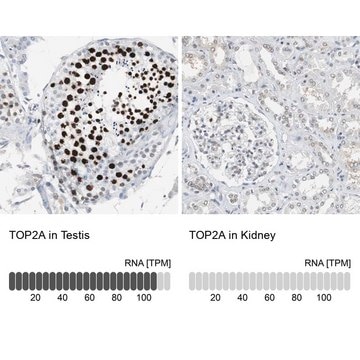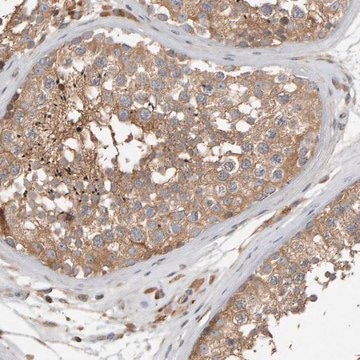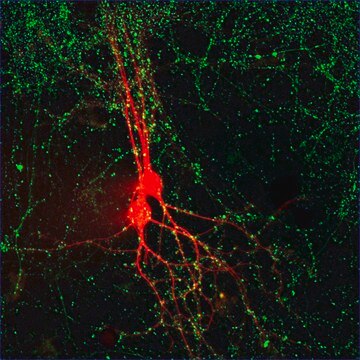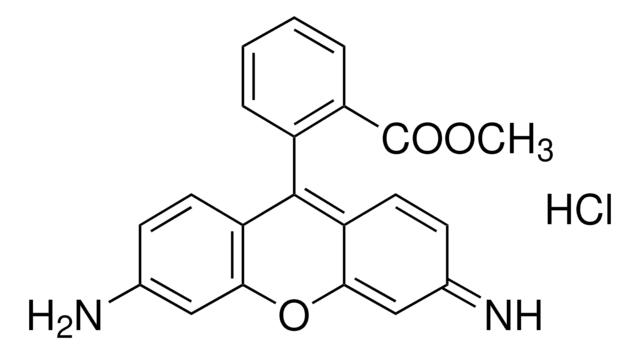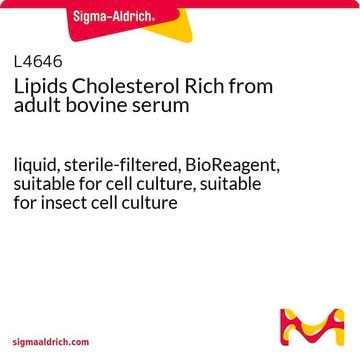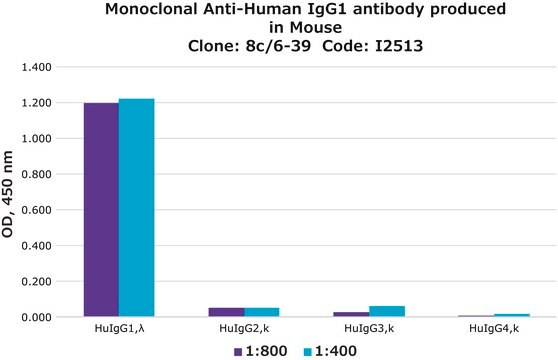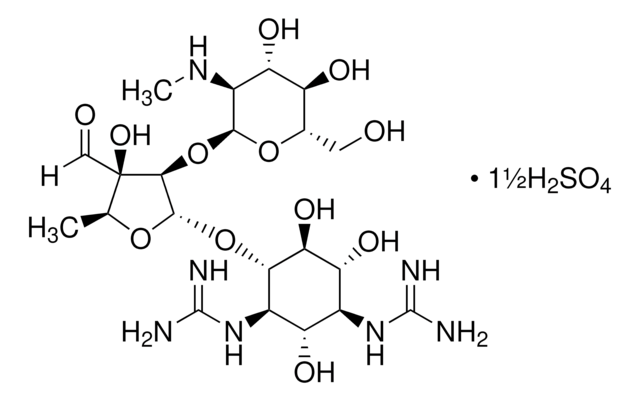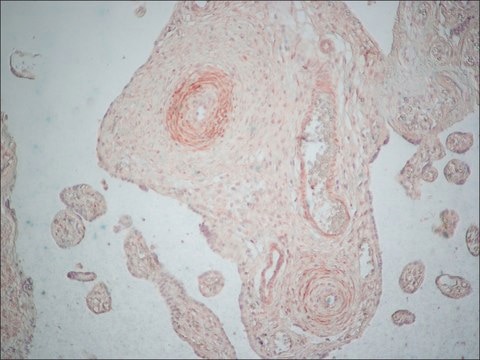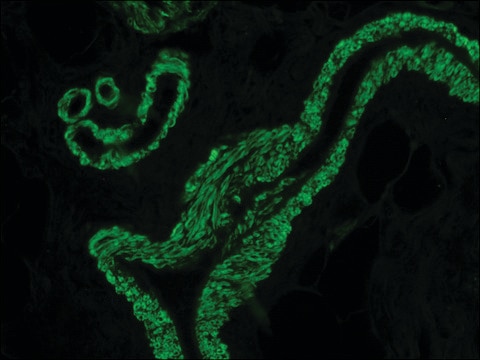General description
Protein C9orf72 (UniProt: Q96LT7) is encoded by the C9orf72 gene (Gene ID: 203228) in human. Expansion of a GGGGCC (G4C2) hexanucleotide repeat sequence in the non-coding region of human chromosome 9 open reading frame 72 or C9orf72 is the most common genetic abnormality in familial and sporadic frontotemporal dementia (FTD) and motor neuron disease (MND), with amyotrophic lateral sclerosis (ALS) as the most frequent form. The majority of normal human C9orf72 alleles carry less than 20 repeats, whereas large expansions consisting of hundreds or thousands of repeats lead to disease. C9orf72 generates three transcripts through alternative splicing that encode 2 protein isoforms; a long isoform of about 54 kDa (termed C9-L), corresponding to variants 2 and 3, and a short isoform of about 24 kDa (termed C9-S) corresponding to variant 1. Both isoforms are widely expressed, including kidney, lung, liver, heart, testis and several brain regions, including cerebellum, and frontal cortex. Both, C9-L and C9-S are reported to display distinct subcellular localizations in cerebellar Purkinje cells of both c9-ALS and nonc9-ALS cases. C9-L is shown to be spread diffusely throughout the cytoplasm, whereas C9- S is localized to the nuclear membrane of Purkinje cells of both c9-ALS and non-c9-ALS cases. Also, C9-L is shown to be present mainly in the high-salt Triton and urea-soluble fractions, whereas C9-S is shown to be abundant in both the low- and high-salt Triton fractions, indicating differences in their subcellular localizations. Antibodies generated against C9-L and C9-S offer advantage because they allow characterization of different biochemical profiles, region-specific changes, and subcellular localizations that is not possible with antibodies generated against the common N-terminal region.
Specificity
This polyclonal antibody specifically detects the short isoform (C9-S) of C9orf72 protein. It targets an epitope within 12 amino acids from the C-terminal region.
Immunogen
Epitope: C-terminus
KLH-conjugated linear peptide corresponding to 12 amino acids from the C-terminal of short isoform (C9-S) of human C9orf72 with terminal asparagine substituted with lysine.
Application
Anti-C9ORF72 (short form), Cat. No. ABN1644, is a highly specific rabbit polyclonal antibody that targets short isoform of C9orf72 protein and has been tested in Immunofluorescence, Immunohistochemistry, Immunoprecipitation, and Western Blotting.
Immunoprecipitation Analysis: A representative lot detected C9ORF72 (short form) in N2a cells (Xiao, S., et. al. (2015). Ann Neurol. 78(4):568-83).
Western Blotting Analysis: A representative lot detected C9ORF72 (short form) in different regions of the central nervous system (Xiao, S., et. al. (2015). Ann Neurol. 78(4):568-83).
Immunohistochemistry Analysis: A representative lot detected C9ORF72 (short form) in spinal motor neurons (Xiao, S., et. al. (2015). Ann Neurol. 78(4):568-83).
Immunofluorescence Analysis: A representative lot detected C9ORF72 (short form) in lumbar spinal cord tissue (Xiao, S., et. al. (2015). Ann Neurol. 78(4):568-83).
Research Category
Neuroscience
Quality
Evaluated by Western Blotting in human cerebellum tissue lysate.
Western Blotting Analysis: A 1:500 dilution of this antibody detected C9ORF72 (short form) in 10 µg of human cerebellum tissue lysate.
Target description
~25 kDa observed; 24.76 kDa calculated. Uncharacterized bands may be observed in some lysate(s).
Physical form
Affinity Purified
Format: Purified
Purified rabbit polyclonal antibody in PBS with 0.02% sodium azide.
Storage and Stability
Stable for 1 year at 2-8°C from date of receipt.
Other Notes
Concentration: Please refer to lot specific datasheet.
Disclaimer
Unless otherwise stated in our catalog or other company documentation accompanying the product(s), our products are intended for research use only and are not to be used for any other purpose, which includes but is not limited to, unauthorized commercial uses, in vitro diagnostic uses, ex vivo or in vivo therapeutic uses or any type of consumption or application to humans or animals.
